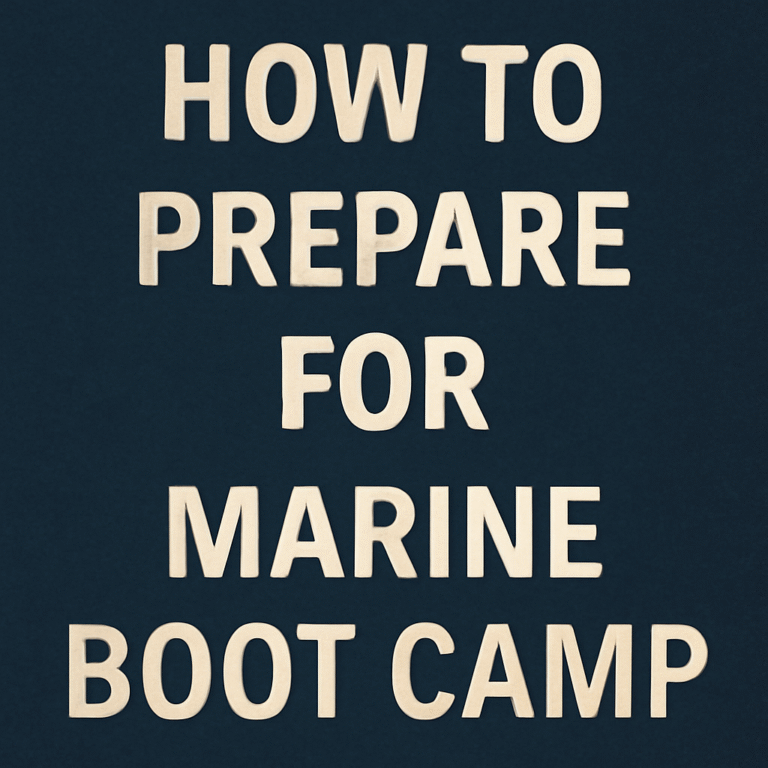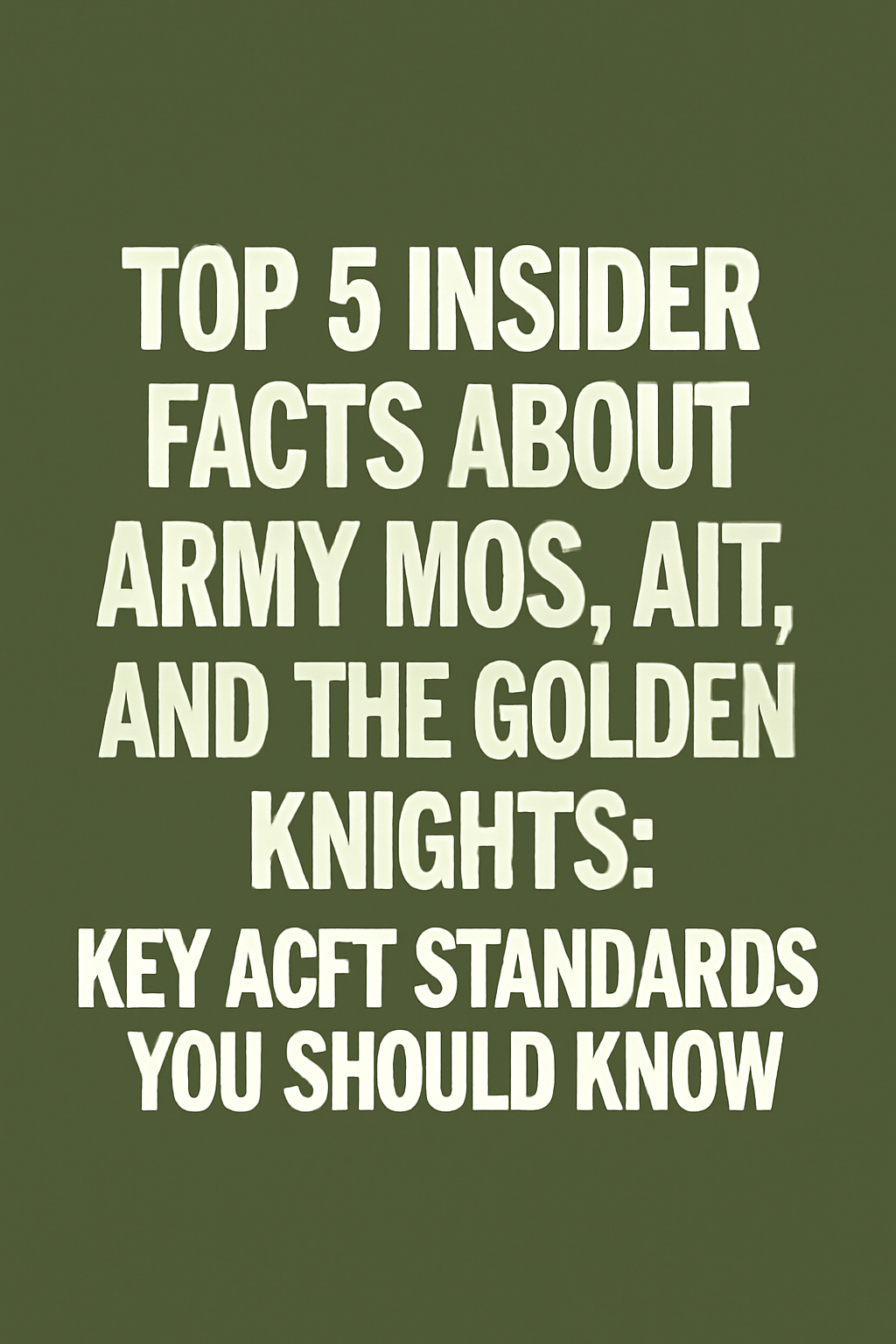Basic Military
The term “Basic Military” refers to the essential foundation of life in the armed forces. Whether you’re looking at the Army, Navy, Air Force, Marines, or Space Force, each branch shares common elements of structure, discipline, training, and service. Understanding the basics of military life helps civilians, aspiring service members, and even family members grasp what it means to serve in uniform.
What Is Basic Military Training (BMT)?
Basic Military Training, also known simply as “boot camp,” is the initial training phase that all enlisted service members undergo. It transforms civilians into soldiers, sailors, airmen, Marines, or Guardians. The goal is to build physical strength, mental toughness, and military discipline.
Each branch has its own training program:
- Army: Basic Combat Training (BCT), about 10 weeks
- Navy: Recruit Training Command (RTC), about 8 weeks
- Air Force: Basic Military Training (BMT), about 7.5 weeks
- Marine Corps: Recruit Training, about 13 weeks — the most rigorous
- Space Force: Currently uses Air Force BMT
- Coast Guard: Recruit Training, about 8 weeks
During training, recruits learn military customs, weapon handling, physical fitness, drill and ceremony, first aid, and team-building. More importantly, they begin to embody the core values of their branch.
Core Values and Culture
Military service is grounded in values like:
- Honor
- Duty
- Respect
- Integrity
- Courage
- Commitment
Each branch emphasizes slightly different values, but all promote loyalty to the country, team unity, and mission-first thinking. These values are reinforced not just during training but throughout every aspect of military life.
Structure and Hierarchy
The military is highly structured and follows a strict chain of command. Ranks vary across branches but generally include:
- Enlisted Personnel (E-1 to E-9)
- Warrant Officers (WO1 to CW5) (in some branches)
- Commissioned Officers (O-1 to O-10)
Each rank carries distinct responsibilities, privileges, and expectations. Respect for rank and proper conduct is critical in all military interactions.
Military Life and Daily Routine
Life in the military is highly disciplined and scheduled. A typical day might include:
- Early wake-up (0500 or earlier)
- Physical training (PT)
- Work duties or training exercises
- Briefings or unit tasks
- Evening personal time or study
- Lights out
Service members live on or near military bases, often in barracks, and follow uniform regulations, codes of conduct, and fitness standards.
Benefits of Military Service
Joining the military offers numerous advantages:
- Steady Pay and Allowances
- Free or Subsidized Housing
- Healthcare and Dental Coverage
- Education Assistance (e.g., GI Bill, Tuition Assistance)
- Retirement Plans (Thrift Savings Plan and pension)
- Veteran Benefits after service
- Job Training and Leadership Development
Military service also opens the door to civilian careers in law enforcement, government, cybersecurity, logistics, aviation, and more.
Challenges of Military Life
While military service is rewarding, it’s also demanding. Common challenges include:
- Long deployments
- Separation from family
- Physical and mental stress
- Strict rules and limited personal freedom
- Constant relocation (Permanent Change of Station – PCS)
That said, many who serve develop lifelong bonds, strong resilience, and a deep sense of purpose.








One Comment